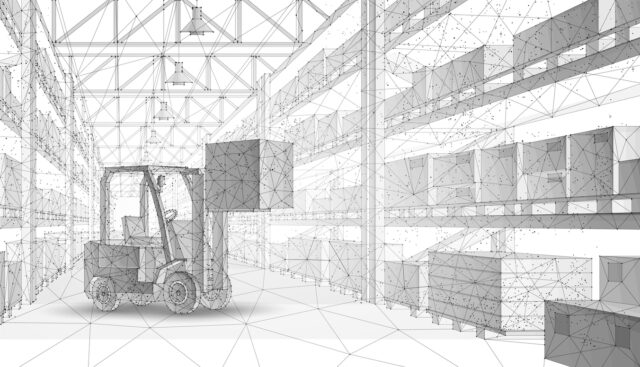Extreme weather events are disrupting global supply chains, and the problem is only going to get worse. If organisations are going to build climate-adaptive supply chain models, supply chain leaders need to harness the potential of big data analytics to create the adaptability, flexibility, and resilience required in the face of increasingly hostile and deadly environmental conditions.
Extreme weather drives food insecurity and puts pressure on supply chains
In August of last year, severe flooding killed 29 people and caused “tens of billions” of dollars worth of economic damage in the northern Chinese province of Hebei. In addition to the loss of human life, the floods severely impacted regional food production chains. A single extreme weather event impacted more than 2.5 million acres of farmland.
Extreme weather events like this are becoming an increasingly common side effect of our collapsing climate. In 2023 alone, climate disasters directly claimed the lives of more than 12,000 people. Every year, the climate crisis will cause more intense, severe, and long-lasting extreme weather events such as hurricanes, floods, droughts, freezes, and wildfires.
Extreme weather events are going to continue severely disrupting global supply chains. The consequences of the resulting food insecurity, loss of access to critical supplies, and social unrest as the result of economic stagnation will be appalling.
Even countries with relatively low food insecurity like the UK could see civil unrest in a relatively short amount of time due to the effects of worsening weather.
If supply chains fail, so does everything else
A 2023 study found that “food shortages stemming from extreme weather events could potentially lead to civil unrest in the UK within 50 years.” In particular, supply chain disruptions leading to shortages of staple carbohydrates like wheat, bread, pasta and cereal “appear to be the most likely triggers of such unrest.”
If these extreme weather events, combined with rising sea levels, disrupt supply chains over the coming decade, the effects will be severe. A report released by sustainability focused consulting company Ramboll argues that “disruptions in the supply chain interrupt manufacturing, production, and delivery of goods, raising costs of materials and prices of products and hurting corporate revenues. With climate change posing such imminent risks of disruptions, supply chains must begin preparing to become resilient and climate adaptive.”
Climate-adaptive supply chains built on data
Visibility is the first step towards building a more resilient supply chain. Data is the most useful tool that professionals have at their disposal in order to achieve it.
“In the current environmental climate, with extreme weather becoming the norm, organisations must become more agile to beat the disruption and avoid lasting impacts; data insights are key to this,” argues Renaud Houri, EVP of International Markets at project44. He stresses that, “as if the economic crisis was not enough to worry businesses, the spike in extreme wet weather is heightening pressures for supply chains and retailers alike and now it is fight or flight.”
Supply chain mapping, in conjunction with using data analytics to monitor changing weather patterns and macroeconomic trends, can create meaningful visibility for supply chain operators.
“With better visibility comes better planning, and predictive insights are the first line of defence for delay mitigation,” Houri says. He also advocates for the application of AI and artificial intelligence to transform data into insights for the future.
“Intelligent tracking data can be used to proactively detect issues before they happen. Delay and exception risks across all carriers are identified using machine learning, pre-empting negative delivery experiences. Associated changes to staffing demand can also be predicted and addressed,” he explains. “In layman’s terms, this means businesses have a holistic view of their operations to make better, faster decisions in the face of weather disruption, therefore resulting in superior on-time deliveries.”
If supply chains intend to weather the coming storm of disruption, they need to leverage their data into a holistic understanding of their operations and use cutting edge technology to stay ahead of one unfolding disaster after another.
- AI in Supply Chain
- Sustainability










